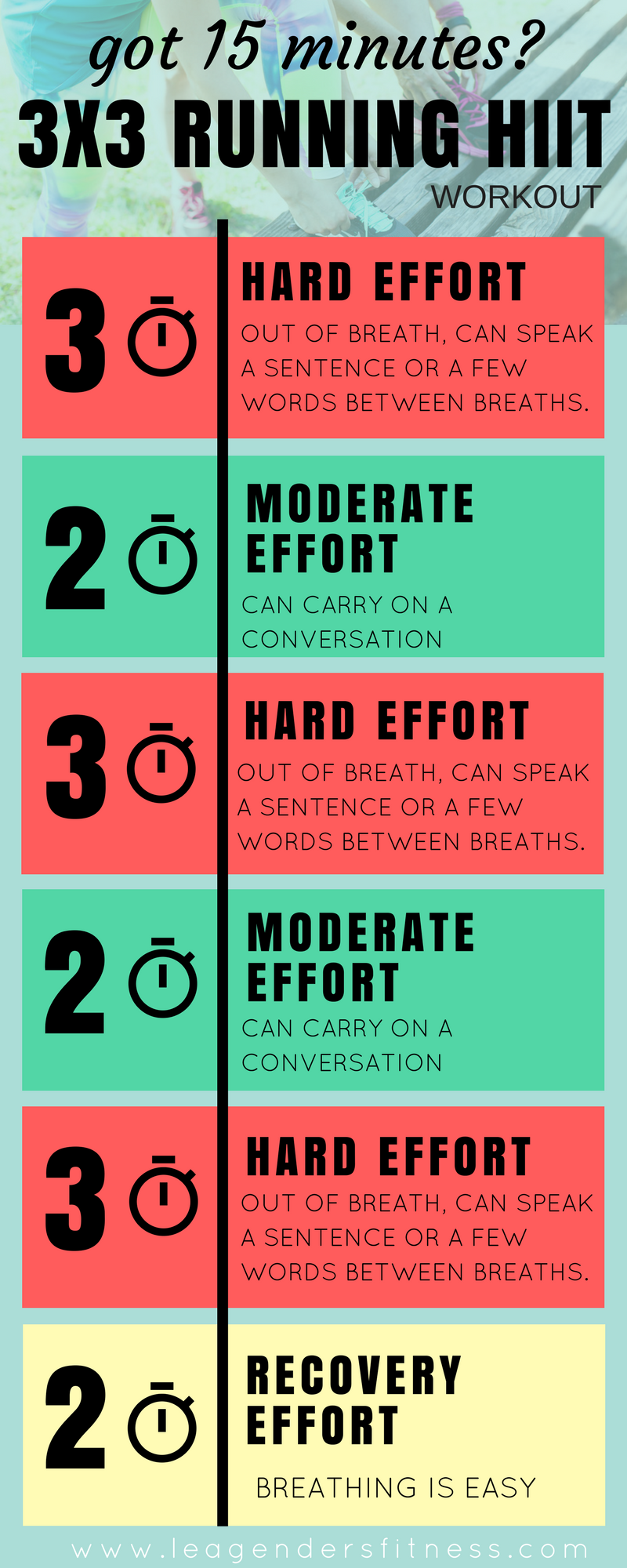Optimize Your Running Workout: Specialist Strategies Revealed
Optimize Your Running Workout: Specialist Strategies Revealed
Blog Article
Exactly How to avoid and Take Care Of Discomfort in Running: Professional Tips and Suggestions
As joggers, we frequently find ourselves captured in between the excitement of pressing our physical limits and the discomfort that can accompany it. The search of that jogger's high can in some cases be hindered by the undesirable companion of discomfort. Whether you are a skilled marathoner or a novice hitting the sidewalk for the very first time, the irritating presence of discomfort and discomfort is a common measure. There exist tried and tested strategies and experienced recommendations that can aid minimize and manage these pains, allowing you to focus on the joy of running itself.
Importance of Appropriate Footwear
Appropriate footwear plays a crucial function in preventing and handling discomfort for joggers, as it dramatically affects their comfort, performance, and overall foot health. When it pertains to running, using the right shoes can make all the distinction. Ill-fitting or improper shoes can cause a host of issues such as sores, shin splints, plantar fasciitis, and even much more severe injuries like tension fractures.
Picking the appropriate running footwear includes taking into consideration factors such as foot type, stride technicians, running terrain, and personal choices. Joggers with high arcs may call for even more padding and support, while those with flat feet could benefit from stability shoes. Furthermore, recognizing pronation (the inward rolling of the foot) and supination (the external rolling of the foot) can aid in choose shoes that supply the best level of arch assistance.
Investing in high quality running shoes that are proper for your individual demands can help protect against discomfort and pain while improving your running experience. Prioritizing correct shoes is not nearly performance yet likewise regarding protecting your foot health and wellness over time.

Efficient Warm-up Techniques
Footwear choice is just one facet of planning for a successful run; one more critical component is implementing effective warm-up methods to enhance efficiency and lower the risk of injury. A dynamic warm-up regimen before a run assists boost blood flow to the muscular tissues, improves adaptability, and improves the range of motion of the joints. Dynamic stretches like leg swings, high knees, and hip circles are useful in preparing the body for the physical demands of running. Progressively increasing the strength of the workout exercises can assist turn on the muscles and boost neuromuscular coordination.
In addition to vibrant stretches, incorporating some light cardio workouts such as running or missing rope can further boost the heart rate and heat up the body. This combination of vibrant extending and light cardio assists loosen limited muscular tissues, lubricate the joints, and psychologically prepares the runner for the upcoming exercise (running workout). By making warm-ups a regular component of your running routine, you can substantially decrease the risk of injuries and do at your finest during each run
Key Stretching Exercises
When getting ready for a run, incorporating vital stretching workouts is vital to boost muscular look at more info tissue adaptability and stop injuries - Read More. Dynamic stretches such as leg swings, high knees, and hip circles are helpful for warming up the muscles and enhancing series of movement before a run. These movements aid enhance blood circulation, loosen limited muscular tissues, and prepare the body for the activity ahead
Fixed stretches like calf stretches, hamstring stretches, and quadriceps stretches ought to follow a go to assist in muscle recuperation and prevent tightness. Holding each stretch for 15-30 seconds allows the muscle mass to kick back and elongate, lowering the danger of post-run soreness and potential injuries.
In addition, incorporating yoga exercise postures like downward pet dog, pigeon position, and spinal twists can target numerous muscle mass groups all at once, promoting general versatility and stamina. Consistent stretching regimens not just enhance efficiency but additionally help in keeping excellent running kind and avoiding overuse injuries. Bear in mind, appropriate stretching methods are crucial for a risk-free and enjoyable running experience.
Recovery and Relax Strategies
After completing a run, executing reliable recovery and remainder strategies is necessary for making best use of efficiency and minimizing the risk of injuries. Furthermore, integrating rest days into your training routine is vital to stop overuse injuries and exhaustion.
Active healing strategies such as mild stretching, foam rolling, and yoga can aid enhance blood circulation, lower muscle mass pain, and boost flexibility. It is also advantageous to prioritize hydration and nutrition post-run to replenish electrolytes, glycogen stores, and promote muscle mass recuperation.
Cross-training activities like swimming or cycling can offer a break from the repetitive effect of running while still keeping cardiovascular physical fitness - running strategy. Listening to your body and identifying when it needs a break is essential to avoiding persistent injuries and making certain lasting running success. Remember, rest is not an indication of weak point yet an essential element of a well-shaped training program
Cross-Training Advantages

It allows you to function on various elements of health and fitness that might not be targeted solely through running, leading to an extra well balanced and well-rounded athlete. In addition, cross-training can assist enhance running effectiveness by resolving muscular imbalances and weaknesses that may impede efficiency.
Conclusion
In conclusion, proper footwear, workout methods, stretching exercises, recovery techniques, and cross-training are crucial parts in protecting against and handling pain in running. By incorporating these techniques right into your routine, you can reduce the threat of injury and discomfort while making the most of performance and pleasure of the sport. Read More. Bear in mind to listen to your body, focus on rest and healing, and look for expert guidance when required to ensure a safe and reliable running experience
Report this page